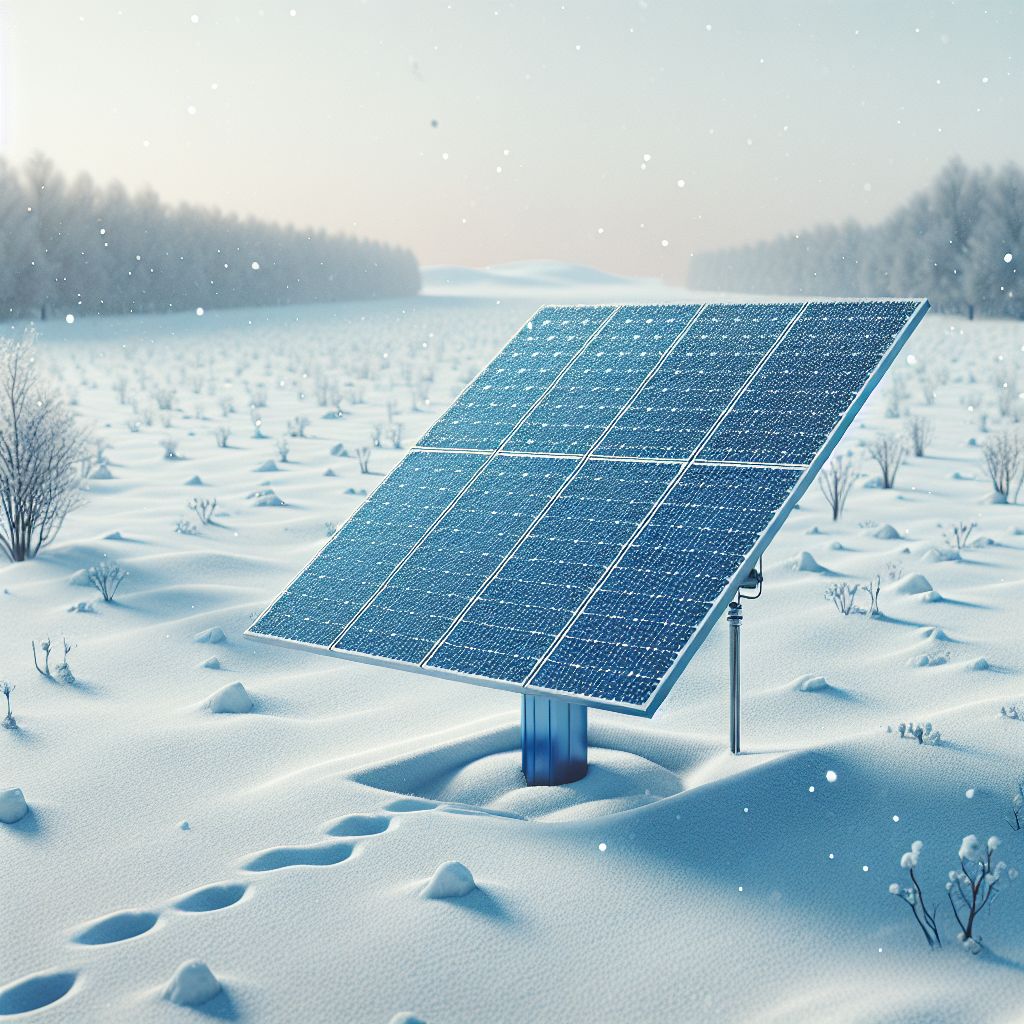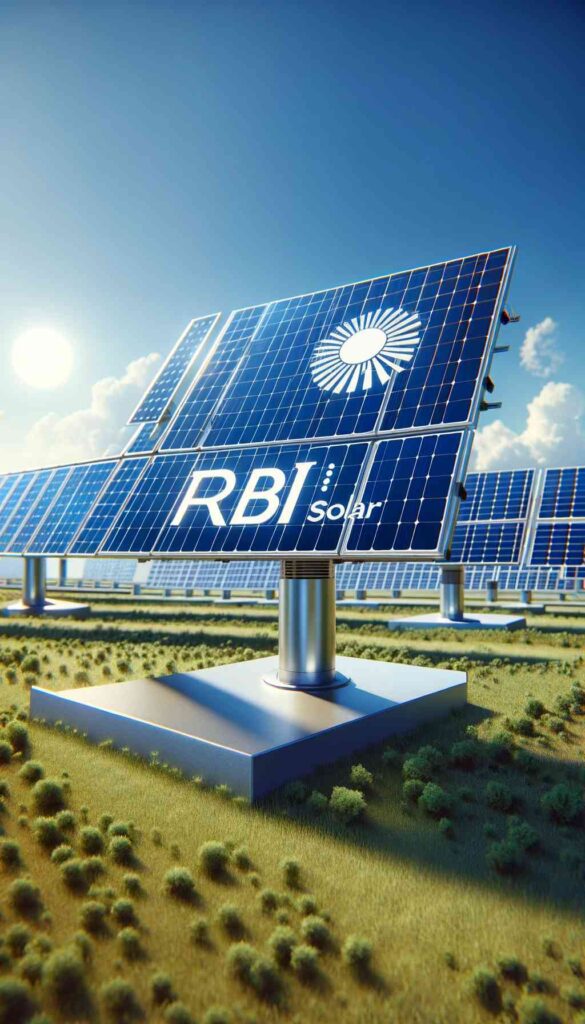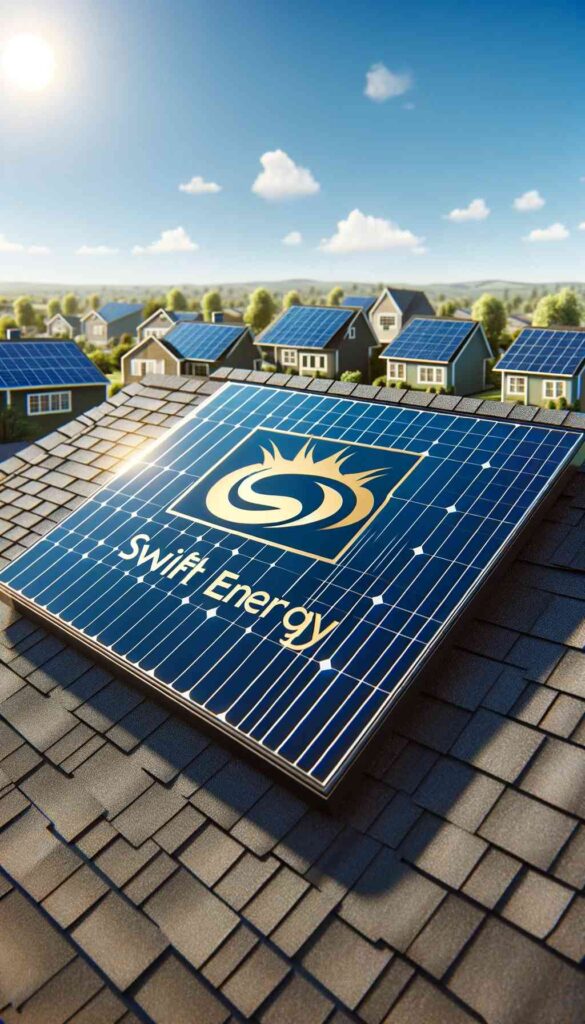
Key Takeaways
- Solar panels can be more efficient in cold weather, but they must be properly designed to handle snow and ice.
- Mounting systems and panel angles are essential for shedding snow and withstanding high winds.
- Regular maintenance and the use of solar trackers can maximize efficiency during short winter days.
- Battery storage is essential for maintaining power during dark, cold nights and inclement weather.
- Emerging technologies and materials are enhancing solar panel resilience in extreme climates.
Harnessing Solar Power in Extreme Climates
When we think of solar power, we often picture sun-drenched deserts and rooftops basking in the summer sun. But solar energy isn’t just for the hot and sunny days; it’s a year-round, all-weather friend. Solar panels can work even more efficiently in colder temperatures. So, if you’re in a place where the thermometer dips low, don’t worry – your solar panels are up to the task.
Why Solar Thrives in the Cold
It might seem counterintuitive, but solar panels love the cold. As the temperature drops, the efficiency of a solar panel can increase – provided that the panel is clear of snow and ice. This is because solar cells convert light into electricity more effectively in cooler conditions. However, shorter days and longer nights mean less sunlight, so we have to get smart about how we capture those precious rays.
Most importantly, to truly leverage solar power in cold climates, you need to understand the behavior of snow and ice on your panels. A blanket of snow can render your panels useless if it’s not removed. But don’t fret; we’ll walk through strategies to manage this.
Heavy Snow and Solar Panels: What You Should Know
Here’s the scoop on snow: it’s not the enemy of solar panels, but it’s not their best friend either. Solar panels are designed to bear a certain amount of weight, and most can handle a typical snowfall without any issues. However, when the snow builds up, it can block sunlight from reaching the solar cells, which stops energy production dead in its tracks.
So, what can you do? The answer is simple: let the panels do their thing. Solar panels are typically installed at an angle, so often, the snow will slide off on its own as it melts. But for those times when it doesn’t, we have some tricks up our sleeves, which we’ll explore in detail later.
Designing Robust Solar Systems for Severe Weather
Building a solar system that stands up to Mother Nature’s extremes starts with the design. It’s all about choosing the right components and installing them in a way that meets the challenges of your local climate head-on.
Solar Panel Selection for Temperature Extremes
The type of solar panel you choose matters. In extreme weather, you’ll want panels with a low temperature coefficient. This fancy term simply means that the panels don’t lose much efficiency when it gets hot. Polycrystalline panels tend to perform better in colder weather, so they’re a smart pick for chillier regions.
Check also the manufacturer’s warranty. It should cover damage from weather events like hail or heavy snow. That’s your safety net, ensuring you won’t be left in the cold (literally) if nature throws a curveball your way.
Remember, when it comes to solar panels, it’s not just about surviving the cold; it’s about thriving in it. With the right panels, your system will be sipping on that crisp, cold sunlight and turning it into cozy warmth and light for your home.
Mounting Systems Built to Last
The mounting system is the unsung hero of your solar setup. It’s what keeps your panels anchored during howling winds and heavy snow. The key is to ensure that the mounting system is rated for the specific weather conditions in your area. This means checking wind and snow load ratings and making sure they meet or exceed local building codes.
But it’s not just about withstanding the weather; it’s about working with it. By installing panels at the optimal angle, you encourage snow to slide off naturally, reducing the need for manual removal and minimizing the risk of damage.
And don’t forget about the direction your panels are facing. In the Northern Hemisphere, south-facing panels will catch the most sunlight year-round. If you’re in the Southern Hemisphere, you’ll want to go for north-facing panels instead.
Example: In hurricane-prone areas, solar installations might include reinforced mounting systems and hardware that can withstand wind speeds of up to 140 miles per hour.
Strategies for Snow and Ice Management
When it comes to managing snow and ice on your solar panels, a proactive approach is best. By installing your panels at a steeper angle, you take advantage of gravity to keep the surface clear. This simple adjustment can make a significant difference in maintaining energy production during the winter months.
Another tip is to select dark-colored panels. These not only blend in better with most rooftops but also absorb more heat, which helps to melt snow and ice more quickly. The quicker the snow melts, the faster your panels get back to generating electricity.
For those who live in areas with frequent heavy snowfall, automated heating systems can be a game-changer. These systems can detect when snow is accumulating on the panels and warm them just enough to cause the snow to slide off, ensuring minimal disruption to your energy supply.
Protecting Solar Investments from High Winds and Storms
High winds and storms are a reality for many regions, but that doesn’t mean your solar panels can’t stand up to the challenge. The key to weathering the storm is a combination of robust equipment and smart installation practices.
First, choose solar panels and mounting systems that are rated for high wind speeds. This information is typically available from the manufacturer and should be a part of your decision-making process. Make sure the installation also follows best practices, securing panels to your roof or ground mounts with the appropriate hardware.
Remember, a well-installed solar system is a secure one. Regular inspections can catch potential issues before they become big problems, especially after severe weather events. It’s about being prepared and staying vigilant.

Maximizing Solar Efficiency during Short Winter Days
Winter brings shorter days and less sunlight, but there are ways to squeeze every drop of energy from what sunlight there is. It’s all about positioning and technology.
Optimal Panel Placement for Low Light Conditions
During winter, the sun is lower in the sky, and daylight hours are precious. To maximize solar efficiency, it’s important to place your panels where they’ll receive the most direct sunlight. In the Northern Hemisphere, that means south-facing installations, and in the Southern Hemisphere, north-facing.
Also, take a good look around your property. Are there trees or buildings that could cast a shadow on your panels, especially when the sun is low? If so, you might need to trim some branches or find a better spot for your panels. Understanding the impact of shading on solar performance is crucial, and you can learn more about creating shade through a solar panel shade structure.
Reflective surfaces can also be a clever way to direct more light onto your panels. This can be as simple as installing a white or metallic surface on the ground or a wall near your panels to bounce a bit more sunlight their way.
Solar Trackers: Following the Sun’s Limited Time in the Sky
Solar trackers are like sunflowers; they follow the sun across the sky. Single-axis trackers move your panels from east to west, capturing more sunlight as the sun travels. Dual-axis trackers go one step further, adjusting north-south as well, which is particularly useful in the winter when the sun’s path is more variable.
While trackers can significantly increase your system’s efficiency, they also add complexity and cost. So, you’ll need to weigh the benefits against the investment. But for those in extreme climates, the extra hours of sunlight captured can make a big difference.
Think of it this way: every extra minute of sunlight your panels capture is like a bonus. And in the depths of winter, every bonus counts.
Battery Storage: The Key to Reliability
When the sun goes down or hides behind storm clouds, you’ll be glad to have a reliable battery storage system. It’s your solar energy piggy bank, storing up power for when you need it most.
Battery technology has come a long way, and today’s options are more efficient and longer-lasting than ever. By storing excess energy during the day, you can keep your lights on and your home warm even through the longest night.
But not all batteries are created equal. You’ll want to choose one that’s well-suited to your climate and energy needs. Here’s how to make sure you’re picking the right one.
Choosing the Right Battery for Your Solar Setup
When selecting a battery for your solar system, capacity is key. You’ll need enough storage to power your essential needs when the sun isn’t shining. But capacity isn’t the only factor; you also need to consider the battery’s depth of discharge. This tells you how much you can use before it needs recharging.
Temperature is another critical factor. Some batteries lose efficiency in the cold, so if you’re in a frigid climate, look for batteries rated for lower temperatures. Lithium-ion batteries are a popular choice because they maintain performance in a wide range of temperatures and have a high DoD.
How Energy Storage Sustains Power through Dark, Cold Nights
Energy storage is like a bridge over the gap between sunset and sunrise. On those dark, cold nights, your battery storage system becomes your home’s lifeline, keeping the heat on and the lights glowing.
Think of your battery as a reservoir. During the day, it fills up with all that good solar energy. Then at night, it releases the stored energy as needed. It’s a seamless cycle that ensures you have power 24/7, regardless of what’s happening outside.
With a well-sized and well-maintained battery system, you can rest easy knowing that your solar setup is not just weather-resistant, but weather resilient.

Solar Energy Maintenance in Harsh Conditions
Just like any other piece of important equipment, your solar system needs regular TLC to perform its best, especially in harsh conditions. This means keeping an eye on your panels and making sure they’re clean and damage-free.
Keeping Solar Panels Clean and Functional
Even in the coldest climates, solar panels can get dirty. Dust, leaves, and other debris can reduce their efficiency, so regular cleaning is important. But it’s not just about wiping them down; it’s about doing it safely and effectively.
For snow and ice, use a soft brush or squeegee on an extension pole to gently remove any accumulation. Avoid using metal tools or anything that could scratch the panels. In some cases, warm water can help melt away ice, but be careful of rapid temperature changes that could damage the glass.
For the rest of the year, a simple hose-down might be enough to keep your panels clean. If they need a little more attention, use a mild soap and a soft cloth or sponge. Just remember, the cleaner your panels, the more sunlight they’ll catch, and the more energy they’ll produce.
By taking these steps, you’re not just maintaining your solar system; you’re ensuring it continues to provide for you, no matter what the weather throws your way.
Regular Check-Ups: The Secret to Long-term Performance
It’s easy to install solar panels and forget about them, but regular check-ups are essential. Think of it as an annual health check for your solar system. Inspections can identify potential issues like loose mountings, worn-out cables, or any other wear and tear that could affect performance. This is especially important after extreme weather events, which can cause hidden damage that isn’t immediately obvious.
And here’s a pro tip: Keep a close eye on your energy bills and system monitoring tools. If you notice a sudden drop in efficiency, it might be time for a check-up. It’s all about being proactive rather than reactive. That’s how you keep your solar system running smoothly for years to come.

Frequently Asked Question
How do solar panels function in sub-zero temperatures?
Solar panels actually work more efficiently in cold weather because the electrical current increases in cooler temperatures. However, they must be clear of snow and ice to function. That’s why proper installation and maintenance are key to ensuring your panels work well throughout the winter.
Can heavy snowfall damage solar panels?
Yes, heavy snowfall can damage solar panels if the weight exceeds the panel’s load capacity. But most panels are designed to withstand the snow load typical for the region where they are installed. It’s always a good idea to consult with a professional about the right type of panels and installation for areas prone to heavy snow.
Are there solar batteries designed specifically for extreme weather conditions?
Yes, there are batteries designed to perform well in extreme weather conditions. Lithium-ion batteries, for example, have a wide operating temperature range and are generally more resistant to cold and heat. When choosing a battery, look for one that matches your climate’s demands.
What regular maintenance do solar systems require in severe climates?
In severe climates, solar systems require periodic checks for snow and ice accumulation, cleaning to remove debris or dirt, and inspections for any damage from extreme weather. It’s also important to ensure that the mounting system remains secure and that the electrical connections are intact.
Are there any government incentives for upgrading to weather-resistant solar technology?
Many governments offer incentives for installing solar panels, and some of these programs may include additional benefits for weather-resistant technologies. It’s worth checking with your local or national energy agency to see what incentives are available to help offset the cost of upgrading to a more resilient solar system.


